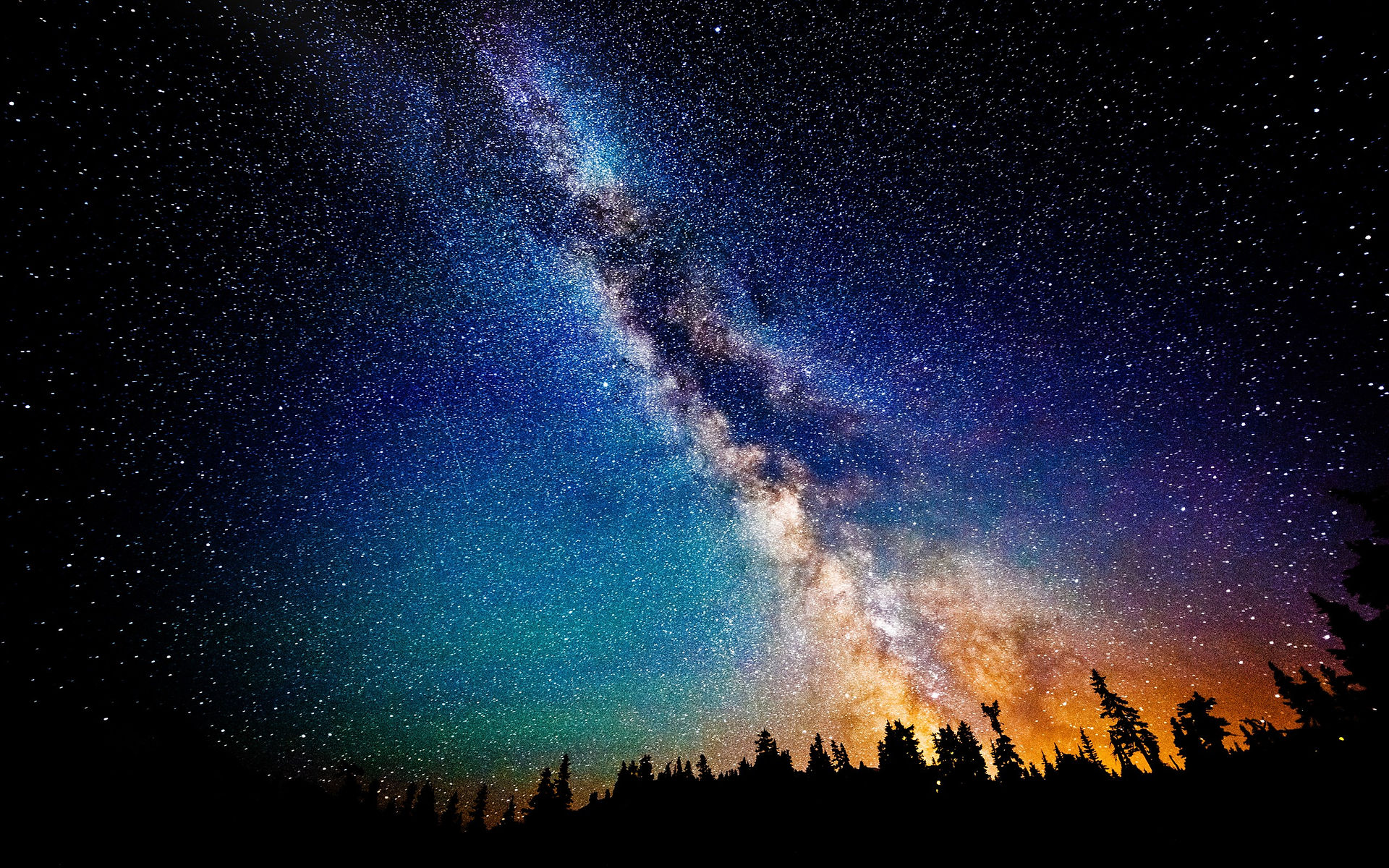
Neutrinos
Solo Piano
2015
6' 30"
Performances:
-
Premiere by Brooks Hafey: March 14th, 2016
Chadron State College, Chadron, NE
Neutrinos are are truly tiny - almost entirely massless. Their mass is just a minuscule fraction of any of the other quantum particles. Because they are electrically neutral, they interact with almost nothing, passing through matter untouched at nearly the speed of light. They are incredibly difficult to detect, too: from the time they were theorized, it was 25 years before they were actually detected. Today, our best neutrino detectors are massive. One detector, known as “IceCube,” is a network of sensors embedded within a cubic kilometer of solid ice in Antarctica! Still, the detection of a neutrino is a relatively rare event. Despite their elusiveness, neutrinos are incredibly abundant: It is estimated that each second, 6.5 billion neutrinos pass through every square centimeter of matter on earth.
My musical impression of the ever-present neutrino is characterized by constant 32nd-note motion. Not all of the fast notes are audible, though, as the pianist is instructed to sometimes play so softly that the hammers do not strike the strings of the piano. Inspired by the way in which neutrinos are detected, the lowest strings of the piano are left free to resonate throughout the piece.
In contrast with the tiny size and apparent insignificance of neutrinos, they are produced in copious numbers from huge events: nuclear reactions in the sun, star formation, supernovae, and even the original birth of the universe. Over the course of the composition, I imagine going back in time: from streams of almost imperceptible neutrinos back to their sources, which get progressively larger throughout the piece.



